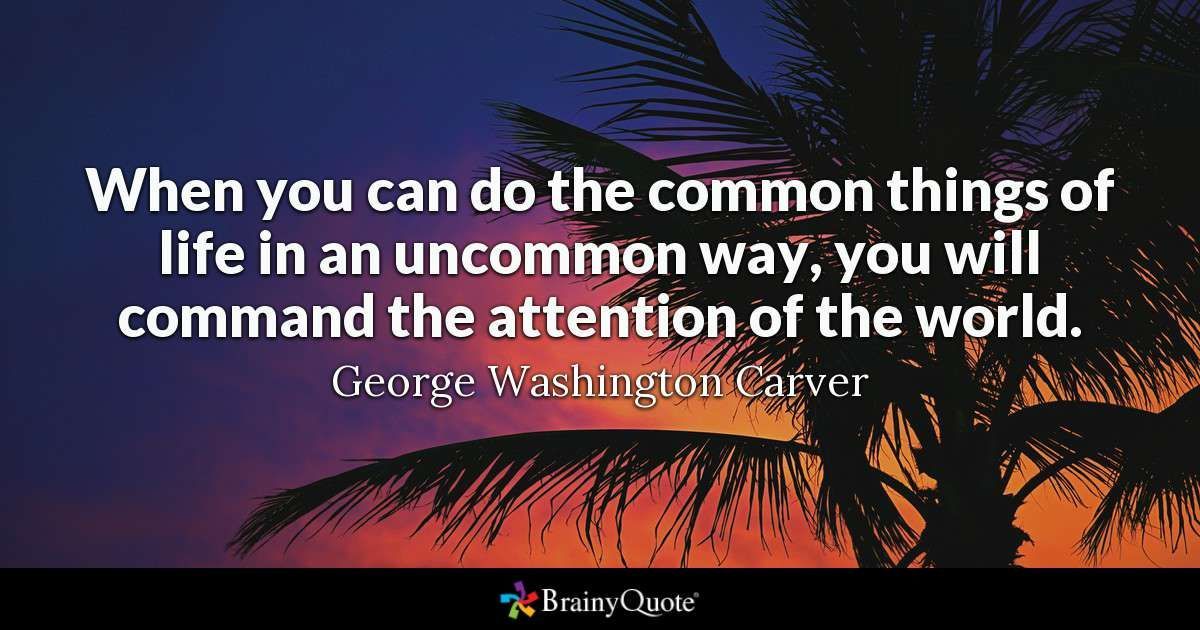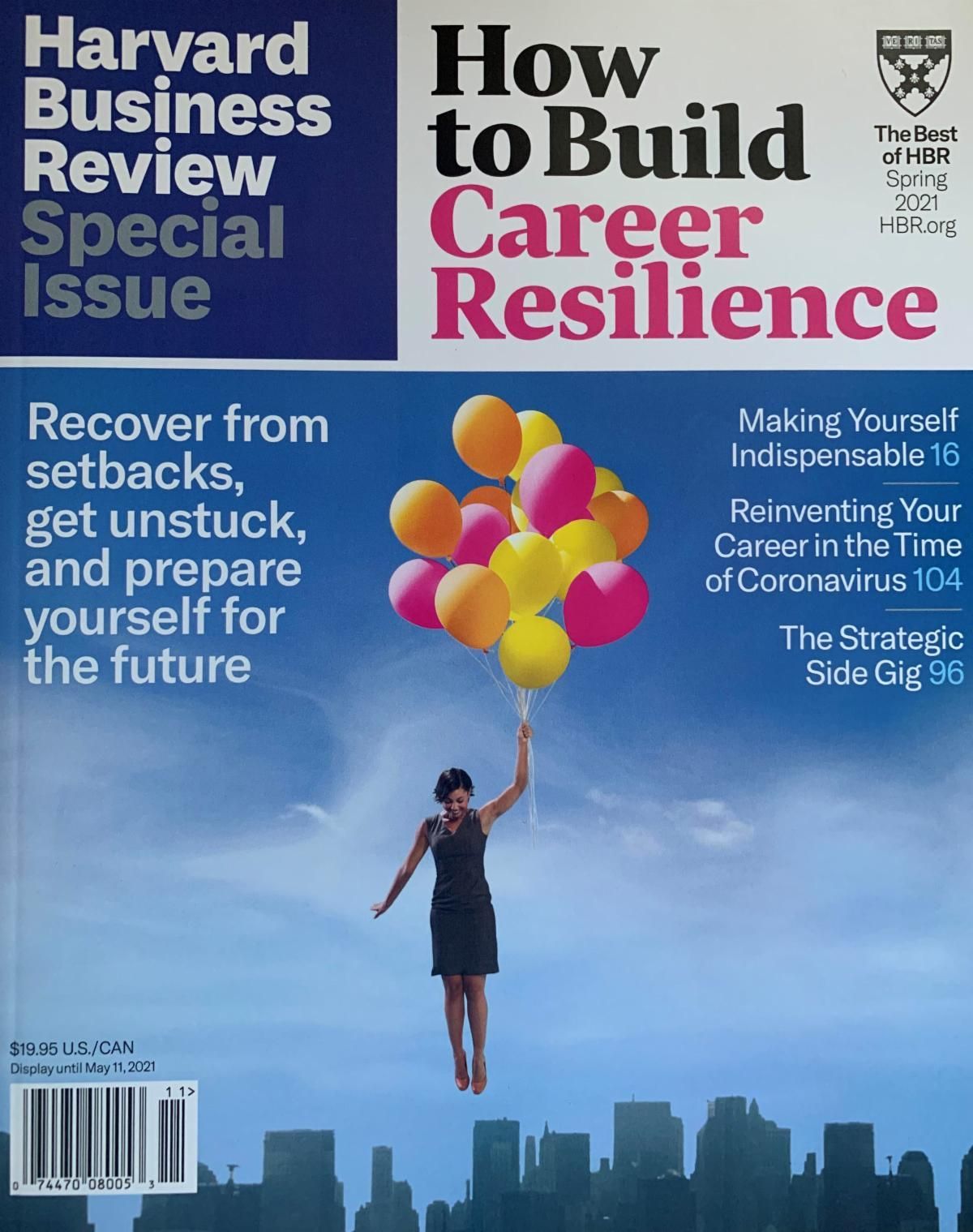
March 11, 2021
Are You Still Multitasking? Some Pragmatics On Stopping
Here’s the bottom line about multitasking: just don’t do it - especially while working on something important. By now you know this, but I’d be willing to bet that you still multitask even though you know something or someone deserves your undivided attention. And sadly, we accept the multi-tasking of others, even when it wastes both our time and theirs.
The pandemic has exacerbated the urge to multitask as people have learned how to do so subtly (or not so subtly), even during a videoconference. Plenty of research has pointed to the negative effects of multitasking, and recommended we avoid it as much as possible. When compared to being focused, giving partial attention makes us feel muddled, putting a strain on our memory skills, attention to detail, and creativity, which can have detrimental consequences in any job.
Surely you can think of a time in recent memory when you let your mind wander during a less-than-thrilling Zoom meeting, only to find yourself responding to emails instead of listening attentively. It’s a bit like eating junk food for your overall effectiveness as a leader. But, by definition, this multitasking means we gave partial attention and only get partial benefit from participating in either task. Here are a few simple but powerful ideas for resisting the urge to multitask so you can preserve your mental energy for productivity:
- Keep only one window open at a time on your computer and resist the urge to toggle between work and paying your bills, finalizing your grocery list, or shopping online. Especially with gray boundaries between work and life, it’s important to be fully focused in the moment on whichever aspect of your life that needs your attention.
- If you fail at the above approach (like I did) with a single window open at a time, at least go to full screen mode with what you are working on and commit to one activity at a time.
- Don’t hesitate to turn off notifications of your many devices (iPad, smart watch, cell phone, etc.). Notifications are literally designed to capture your attention and prevent you from giving undivided focus to the task at hand.
- If you have one, consider unplugging your second monitor, especially during video meetings. The mere availability of another screen may actually encourage you to multitask.
- Set aside time for important tasks, or projects that need deep focus or creativity. Be intentional about this time: block it on your calendar for a window when the potential distractions around you (kids, pets, life) are minimized. Cal Newport calls this “Deep Work” in one of my favorite books of the last few years.
These suggestions may be a little bit of common sense. But common sense is rarely common practice and this can be really rewarding. Hopefully, you’ll find that you feel more articulate and creative with your thoughts, prepared and informed, and more energized at the end of your work day.
A Simple Reminder On Profitability
There are few reasons more powerful to own a stock than a company’s net income. Especially over time.
One thing I see executives forget (usually temporarily) in their efforts to boost net income is that the greatest predictor of profit over time is quality revenue.
You can only eliminate a job once. You can only cut a cost to a specific level one time. You can only reduce expenses so many times. If you have to keep going back to this cost-reduction approach for profitability, you are doing something wrong.
The quick-fix may seem satisfying because eliminating an expense today shows up in next month’s financials. But as a CFO I worked with a few years ago is fond of saying, “You can’t cut your way to growth.” The crash diet may lower the number on the scale for a bit, but it’s certainly not the path to health and strength.
As a leader, keep in mind that the easiest way for you to drive profit is to have a enough of the right kind of revenue to start with. Make sure you’re investing in the execution of a go-to-market strategy and the sales structure to drive it, and your cost-cutting efforts become a helluva lot easier.
Current Read:
This Wall Street Journal article summarizes the common faux pas companies make when racing to offer customers and employees the technology leadership perceives as necessary for the company to climb to the top of their market. I’ve written before about common missteps businesses take in this very digital age, always prompting leaders to understand how technology enables execution on firm strategy. This quotation at the end of the article sums it up nicely: “Companies need to ensure that they understand what their own concrete business goals are before moving forward with any software implementation,” says Sprinklr chief operating officer Vivek Kundra. “They should work with the vendor to understand how the technology will support their business goals.” Give it a read:
The Many Ways Companies Waste Money With Technology Spending - WSJ
Quotable:

Next Steps:
In the latest Harvard Business Review’s magazine special issue, they focus on how to build career resilience. Alongside some really great articles my past article, Making Yourself Indispensable is featured. You can get your copy HERE.

Subscribe to Edinger's Insights Newsletter
Edinger’s Insights is packed with strategies and ideas to lead business growth.*
*Scott will never share your contact information
EdingerInsights_SignUp
Thank you for subscribing.
Please try again later.


